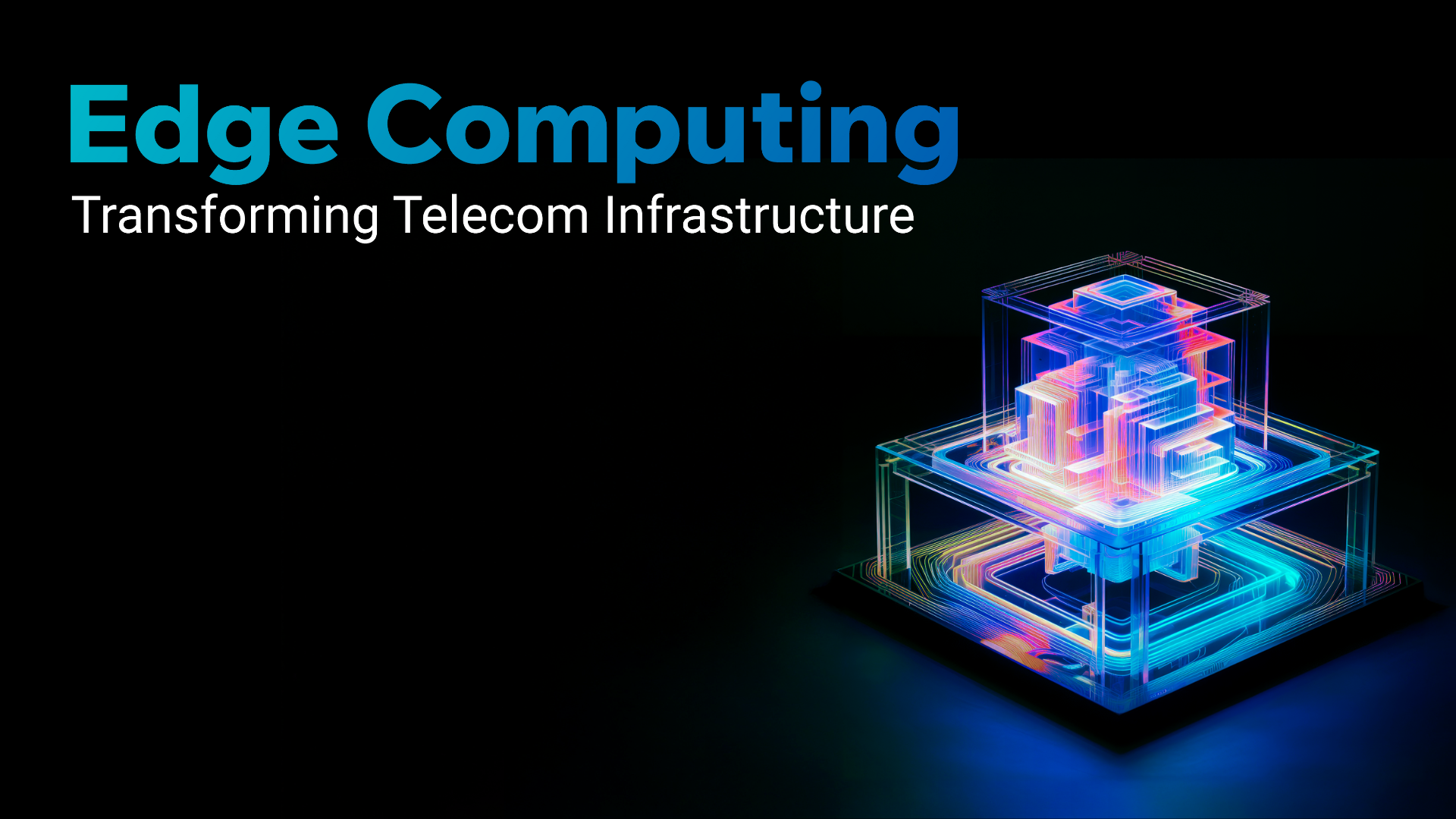As technology continues to evolve, the demand for faster, more secure, and reliable internet connectivity has skyrocketed. At the heart of this advancement lies fiber optic technology, with dark fiber being a significant yet lesser-known component. While it may sound mysterious, dark fiber refers to unused, unlit fiber optic cables lying dormant beneath our feet. Over the past few decades, businesses, governments, and various industries have started realizing the untapped potential of dark fiber for boosting communication networks and data transmission. But what exactly is dark fiber used for? Let’s explore how this infrastructure is transforming sectors across the globe. What is Dark Fiber? Dark fiber refers to fiber optic cables that have been installed but are not currently in use or “lit” with data transmission signals. In essence, these cables exist without transmitting any light (hence, “dark”), awaiting activation by those who lease or purchase them. Initially laid down during the dot-com boom of the late 1990s, many telecommunications companies overestimated the need for fiber optics, resulting in surplus, unused infrastructure. This unused network is referred to as dark fiber. Unlike “lit” fiber networks, which are controlled and managed by telecommunications providers, dark fiber allows businesses and institutions to use their own equipment to light and manage the cables. By using dark fiber, companies have complete control over bandwidth, security, and data traffic, making it a desirable option for large organizations, data centers, and high-speed communication networks. How Dark Fiber Works To understand how dark fiber works, it’s essential to know a bit about fiber optic technology. Fiber optic cables transmit data in the form of light pulses, typically from lasers or LEDs. These light pulses travel along the thin glass or plastic fibers within the cable, allowing for rapid transmission of data over long distances with minimal loss. With dark fiber, organizations are responsible for installing their own transmission equipment, including the lasers that generate the light used to send signals. This gives them complete control over how the fiber is used, enabling them to expand capacity as needed without depending on third-party telecom providers. Dark fiber can be used to create private networks, ensuring high security and speed. Dark Fiber vs. Lit Fiber While dark fiber remains unused until it is “lit” by the owner, lit fiber networks are fully operational, managed by Internet service providers (ISPs) and telecom companies, who handle all equipment, maintenance, and data transmission. The key difference lies in who controls the network. With dark fiber, the user has full control, which is particularly appealing to companies with high data demands, such as financial services, media, and healthcare industries. On the other hand, lit fiber offers convenience for smaller organizations that prefer an out-of-the-box solution with less responsibility for maintenance and operation. Primary Uses of Dark Fiber Dark fiber has evolved into a versatile and essential resource for several industries. Its primary uses include: Telecommunications and Internet Providers Telecommunications and internet service providers (ISPs) are some of the primary users of dark fiber. By leveraging dark fiber, they can expand their infrastructure and offer faster and more reliable services to their customers. This also allows ISPs to improve network capacity and prepare for emerging technologies like 5G, which demand more extensive, high-speed data transmission capabilities. For these companies, using dark fiber means they can light the cables at their discretion, and it offers flexibility in meeting the growing bandwidth requirements of their clients. Additionally, the ability to scale services through dark fiber helps them stay competitive in a fast-evolving industry. Enterprise Networks Many large enterprises invest in dark fiber to build private, dedicated networks that offer unmatched security and control over data flow. By using dark fiber, businesses can bypass traditional telecom services, ensuring uninterrupted and secure connections for their internal communications, data sharing, and IT services. Additionally, as companies expand globally, dark fiber allows them to extend their network’s reach across cities and countries without depending on third-party providers, minimizing latency and optimizing data transmission for high-demand applications like video conferencing and virtual collaboration tools. Cloud Computing and Data Centers Cloud computing and data centers are perhaps the most data-intensive industries today, and dark fiber is integral to their operations. Data centers use dark fiber to connect different facilities, ensuring fast, reliable communication between servers and systems, and enabling the seamless transfer of large amounts of data. Cloud service providers, such as Amazon Web Services (AWS), Microsoft Azure, and Google Cloud, also rely on dark fiber for scalable bandwidth that accommodates fluctuating user demands. With the increase in cloud adoption, the need for robust, private infrastructure has grown, and dark fiber is the perfect solution to meet these challenges. Backup and Disaster Recovery Dark fiber is also widely used in backup and disaster recovery strategies. By creating redundant communication paths, organizations can ensure that they have a fallback option if their primary network experiences downtime. In the event of a disaster, such as a cyberattack or natural catastrophe, dark fiber enables companies to switch to their backup network, minimizing disruption and protecting critical data. Media and Broadcast Industry The media and broadcast industry relies heavily on high-speed data transmission for live streaming, video production, and broadcasting. Dark fiber offers the bandwidth needed to transmit high-definition video content with minimal latency, making it ideal for media companies. From real-time event streaming to managing massive amounts of video data in post-production, dark fiber ensures that media operations can handle the workload efficiently. It’s particularly useful for live sports broadcasts and news networks where split-second timing is crucial. FAQs about Dark Fiber What is the difference between dark fiber and lit fiber?Dark fiber refers to unused fiber optic cables that are not currently transmitting data, while lit fiber refers to cables that are active and in use, managed by an ISP or telecom provider. Why would a business use dark fiber?Businesses use dark fiber for greater control over their network, higher security, scalability, and the ability to meet large data transmission demands without depending













